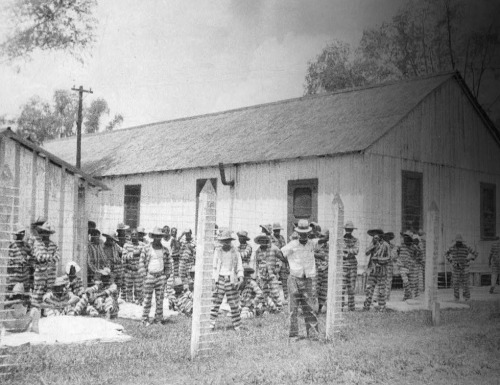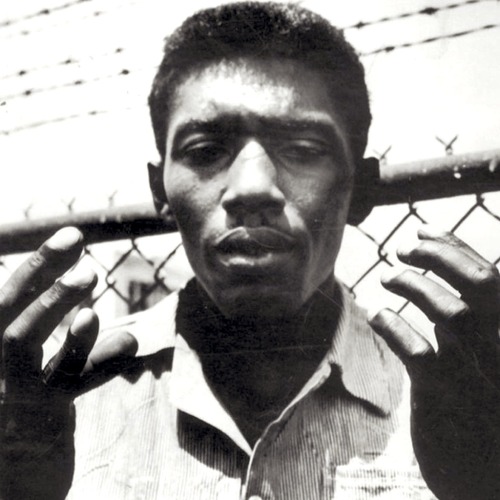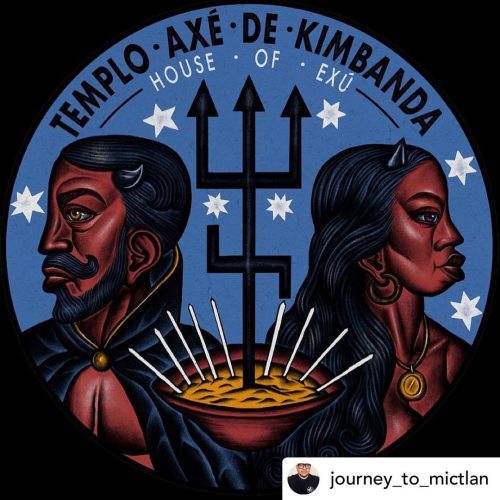#angola
Aërangis brachycarpa
Sweetly-fragrant angraecoid species from cloud-forests of Eritrea, Ethiopia, Kenya, Tanzania, Uganda, Angola, Malawi and Zambia.
© Uluwehi Knecht
Post link
Stories from Another Time
Stories from Another Time
Mario Rui Silva is a largely unknown singer-songwriter from the nineteen-eighties. The album ‘Stories From Another Time’ aims to change that. His music is an unlikely combination of Angolan and Portuguese music with the result something akin to Brazilian tropicalia/ bossa nova. It’s certainly one of the discoveries of the year for…

Angola Prison Spirituals (Prison Work Songs); Louisiana Folklore Society, Folkways, Folk Lyric Records, Louisiana State Penitentiary.
It somewhat debatable whether this is actually unaccompanied singing, seeing as it would have been accompanied by the swinging of axes, or the ringing of hammers on nails. Work songs were hugely important in many settings, as it allowed workers to keep time and synchronize their tasks. In prison (and in slavery before), men who fell behind the pace could be beaten, and so setting an easy way to keep up made everyone safer. Spirituals also provided an outlet for the longing to escape; they might not leave their bonds behind in this world, but they would be free in the next.
Post link
Repost• @journey_to_mictlan Exu and Pomba Gira are the Brazilian spirits of Kimbanda. They originate from Congo and Brazilian Macumba practice, and help us face our shadow-selves through their knowledge, dance and laughter.
We are so honored to have our Kimbanda temple logo represented by the beautiful art of @andrehoraart ❤️❤️
#exu #pombagira #kimbanda #andrehoraart #quimbanda #macumba #laroyeexu #salvepombagira #salvepovodeexu #sarava #houseofexu #brazil #brazilianspirit #umbanda #angola #candombleangola #candomble #southbrazil #kimbandamalei #kimbandadeexu #kimbandeiro #quimbandeiro #bruxa #bruxo #bruxaria #bruxarias #macumbeira #macumbeiros #macumbeiro #macumbaria
https://www.instagram.com/p/B_u8rwGBu7I/?igshid=1pcw6l0o2tlh4
Post link
Nasal harmony
Nasal harmony is a tendency for assimilation of other consonants and vowels to the nasality of a neighbouring nasal vowel or nasal consonant. For exemple in Guaraní certain affixes have alternative forms according to whether the root includes a nasal (vowel or consonant) or not. For example, the reflexive prefix is realized as oral je- before an oral stem like juka “kill”, but as nasal ñe- before a nasal stem like nupã “hit”. The ã makes the stem nasal.
Nasal harmony occurs in many South American languages like Guaraní, other Tupi languages, Emberá, Otomi languages, Chibchan languages (e.g. Ngäbere) and some Bantu languages (like Umbundu and Kimbundu).
These languages are mainly in central and South America and in Africa. If you know other languages that exhibit this phenomenon please let me know!
Post link












